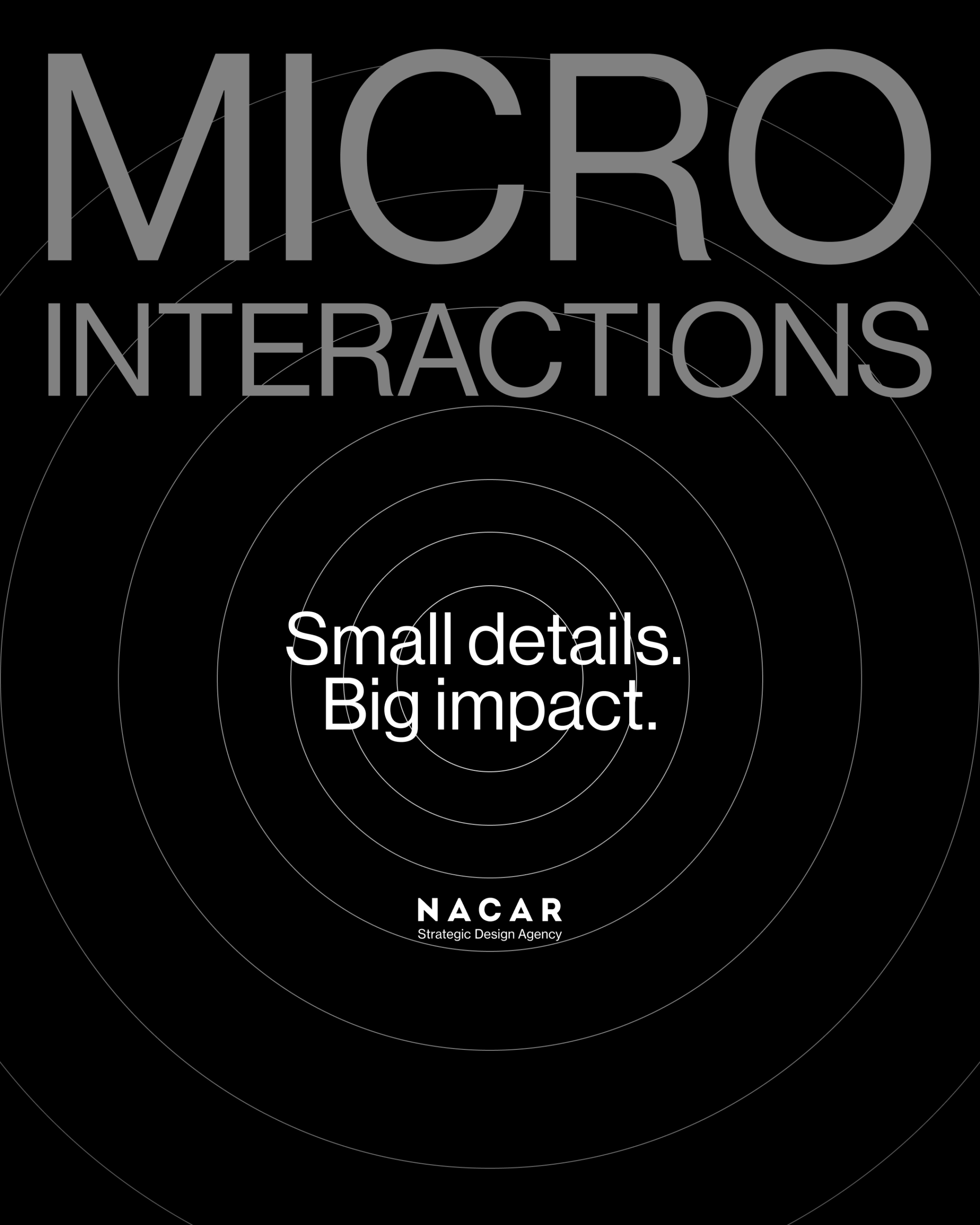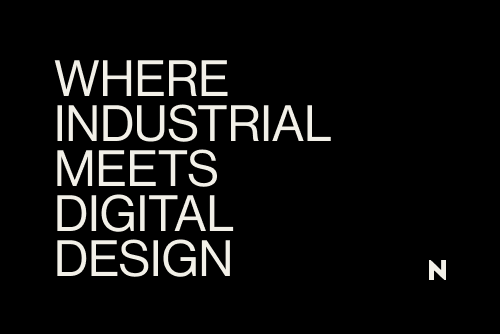
User centered design: What is it?
- Nacar Design Team
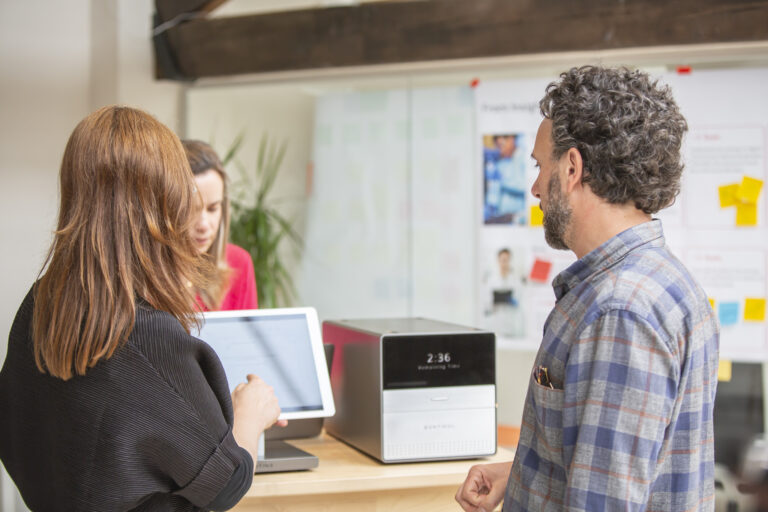
In this Nacar Now article, we will explain you what User Centered Design is, how it differs from other related concepts and why its implementation is crucial today.
What is User Centered Design?
User centered design (UCD) is a design philosophy that places the end user at the center of the entire design process. From the initial concept phase to the final implementation, the main focus is on understanding the needs, expectations and behaviors of users. This translates into the creation of digital products and services that are intuitive, functional and, above all, satisfying for those who use them.
Characteristics of User Centered Design
User Centered Design is characterized by a series of fundamental principles and practices that guide the entire design process. First, it emphasizes its focus on user needs, which involves deeply understanding user requirements and designing accordingly, prioritizing the customer experience above all other aspects. In addition, the UCD methodology demands exhaustive research and data analysis to obtain valuable information about users, using techniques such as surveys, interviews and usability testing. The process includes the use of prototypes and user testing to evaluate the usability and effectiveness of the design, allowing the design to be validated and adjustments to be made according to user needs. Likewise, User Centered Design is an iterative and continuous process, where constant improvement is sought based on user feedback and suggestions. Finally, the integration of UCD with web analytics is highlighted, allowing to measure the success and impact of the design on users, which facilitates the identification of areas for improvement and data-driven decision making.
Difference between usability and UCD
It is important to note that, although related, the concepts of usability and user centered design are different. Usability refers to the ease with which a user can use a website or application, while UCD focuses on designing a digital experience that adapts to the user's needs and provides a satisfactory overall experience.
How to develop a User Centered Design?
Developing a user centered design involves a number of key steps. First, it is critical to clearly identify the objectives we want to achieve with user testing. Next, it is crucial to select the right participants, those who represent the target audience and have the right level of expertise. In addition, realistic test scenarios that reflect everyday situations should be created to obtain relevant feedback on the functionality and usability of the product or service. Subsequently, different user tests are conducted to allow users to interact naturally with the product or service, without external influences. Finally, the test results are analyzed and used to improve the design of the product or service before its launch, thus ensuring an optimal user experience.
Why should you implement User Centered Design?
Implementing User Centered Design not only improves the user experience within a website or application, but can also save costs by avoiding the production of products destined to fail. In addition, it allows for effective testing that reveals deficiencies and areas for improvement, leading to a more effective and satisfying design for the end user.
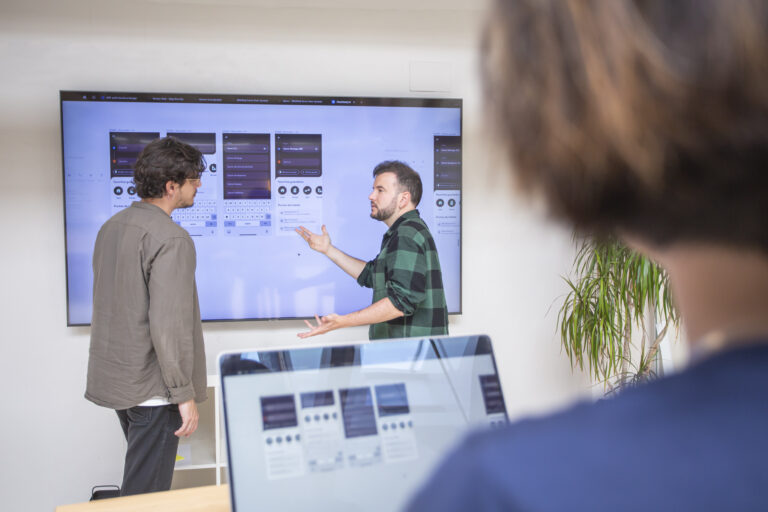
Conclusion
User Centered Design has become a fundamental approach in contemporary digital design. By prioritizing user needs and delivering satisfying experiences, companies can differentiate themselves in an increasingly competitive marketplace and effectively meet the expectations of their users.

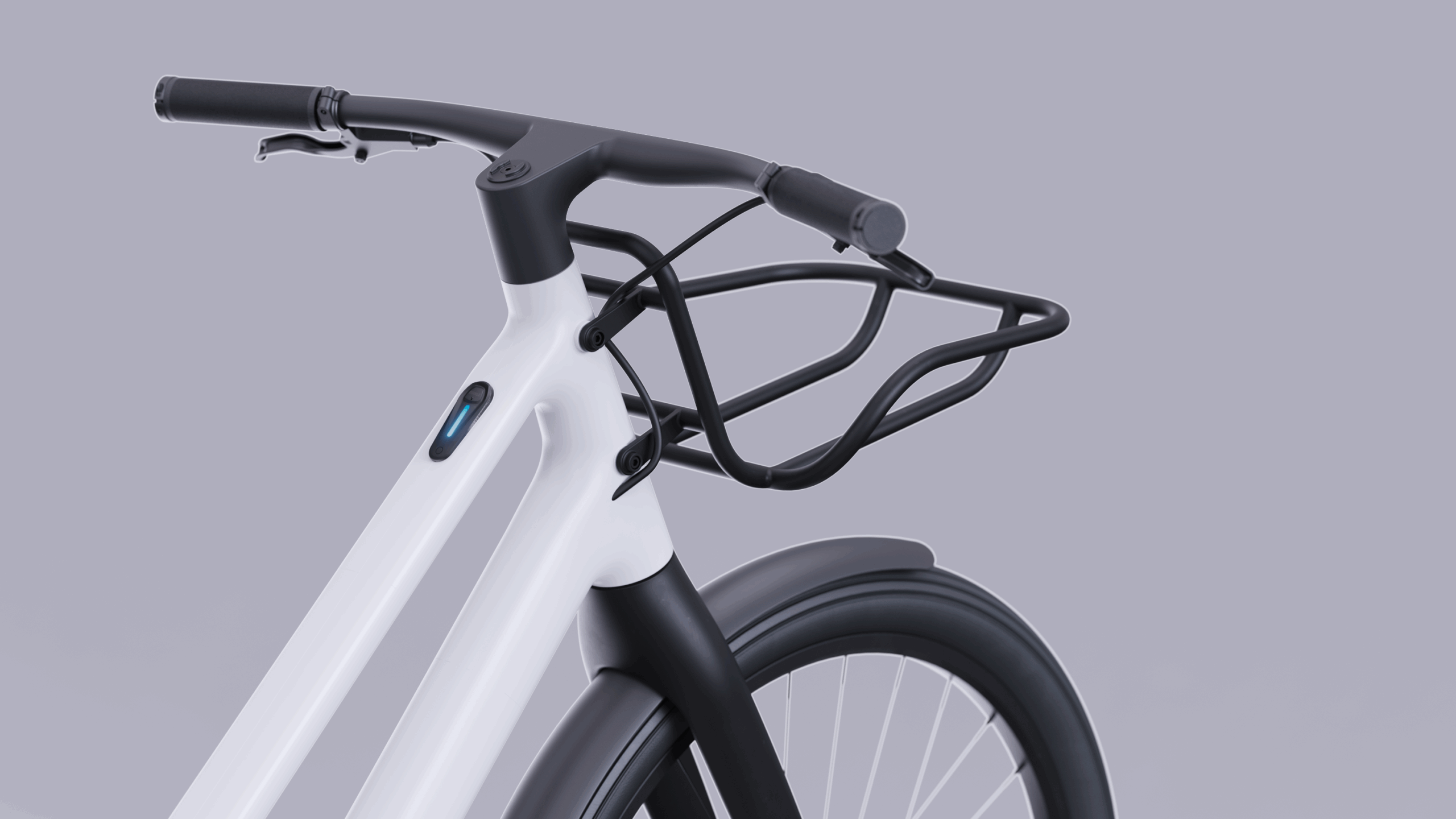
Moulded thermoplastic composites; lightweight and recyclable. The BCPR project.
